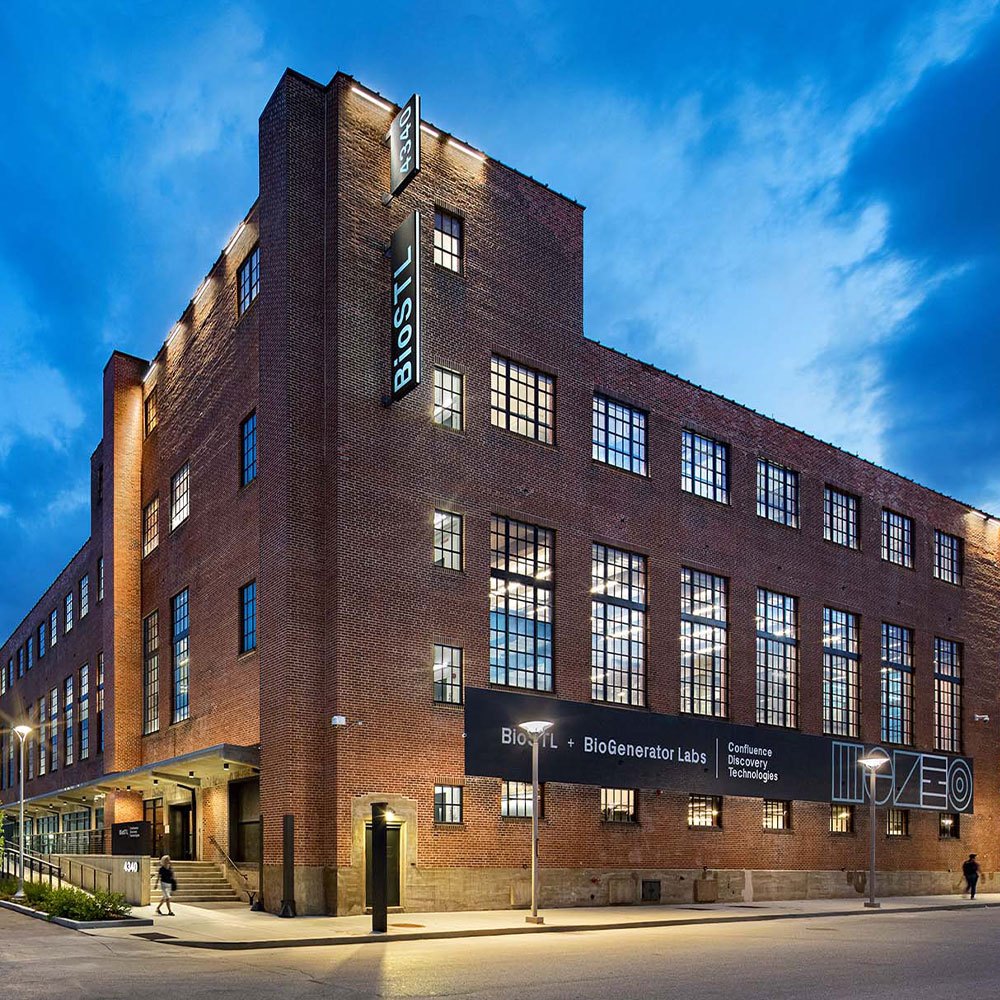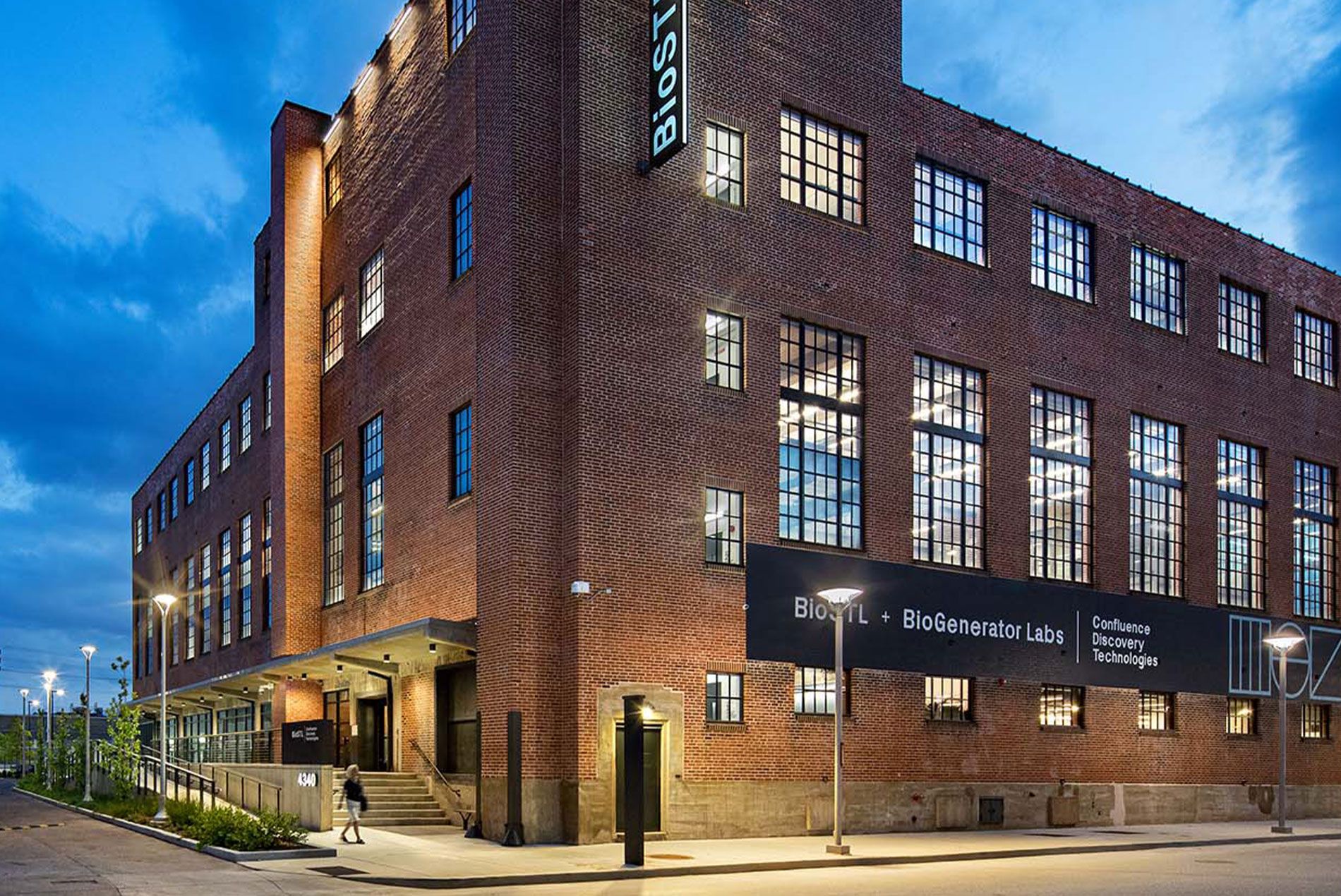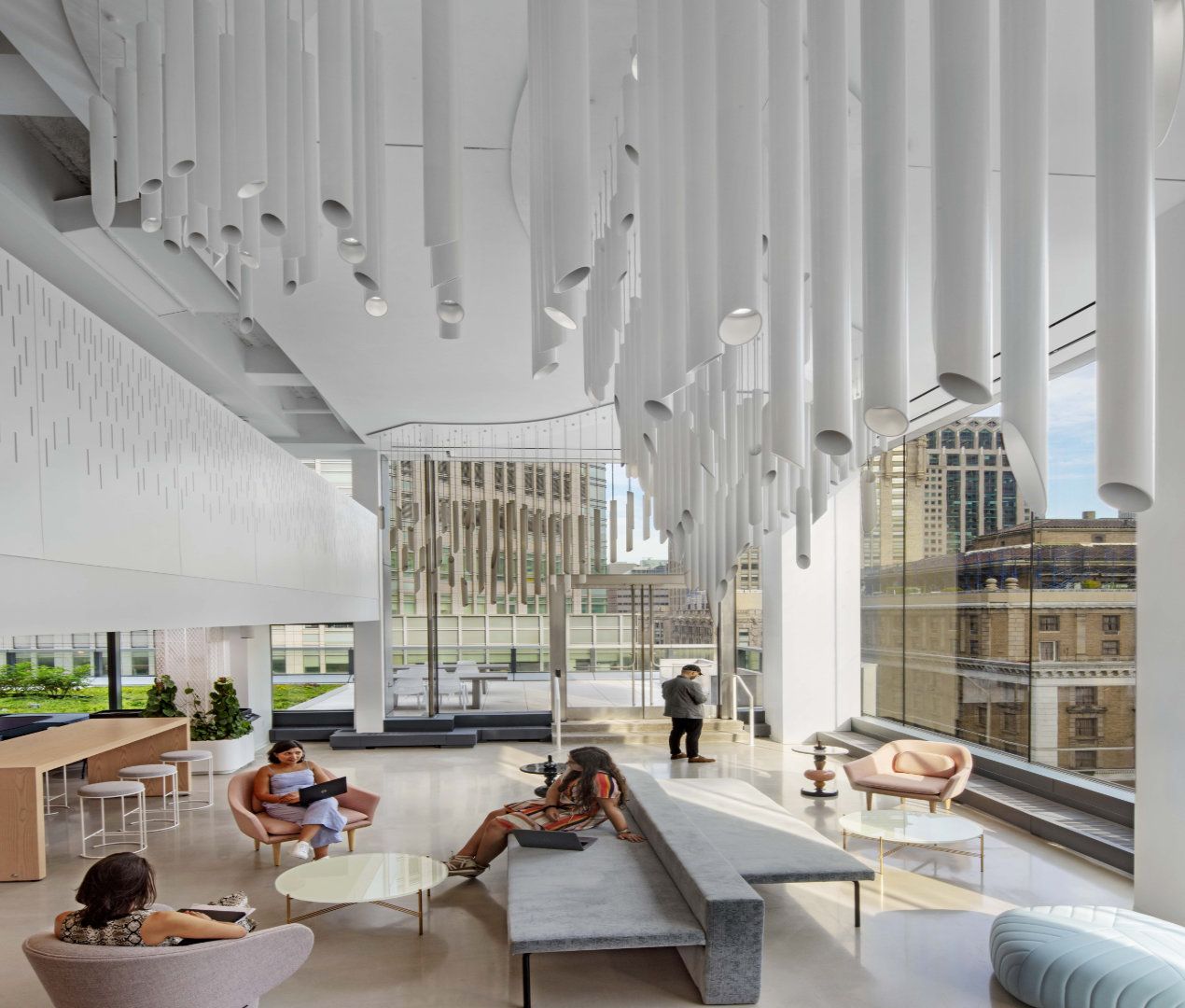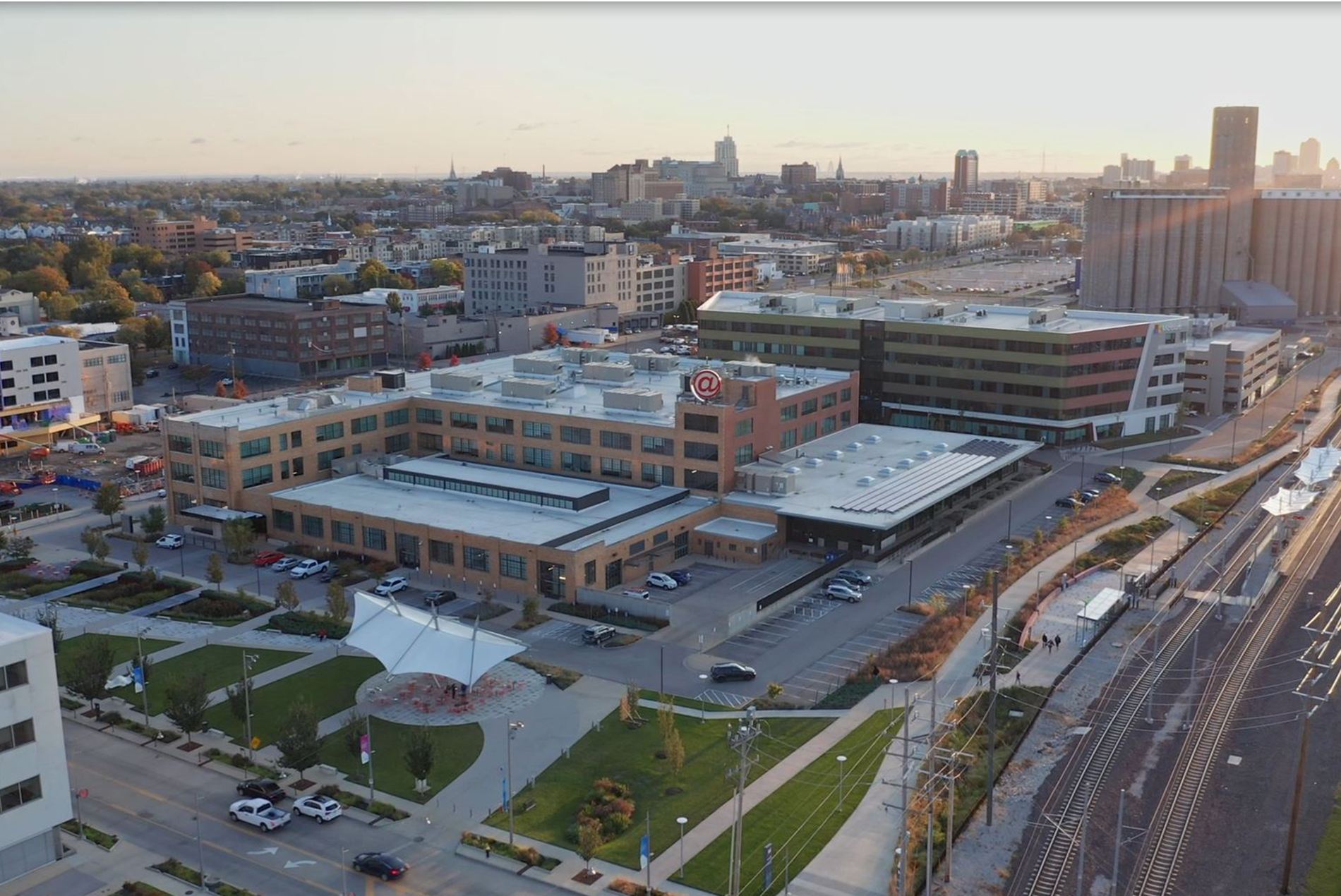
Cortex, which sits just four miles west of downtown St. Louis’s urban core, now anchors a growing regional system of more than 400 companies and 6,000 employees across 2 million square feet of space.
HOK has helped shape most of the architectural and interiors projects in the innovation community.
The goal has been to create ‘econic’ (economically iconic) facilities that meet market pro formas while being clever, interesting and transformative—just like the people working there.
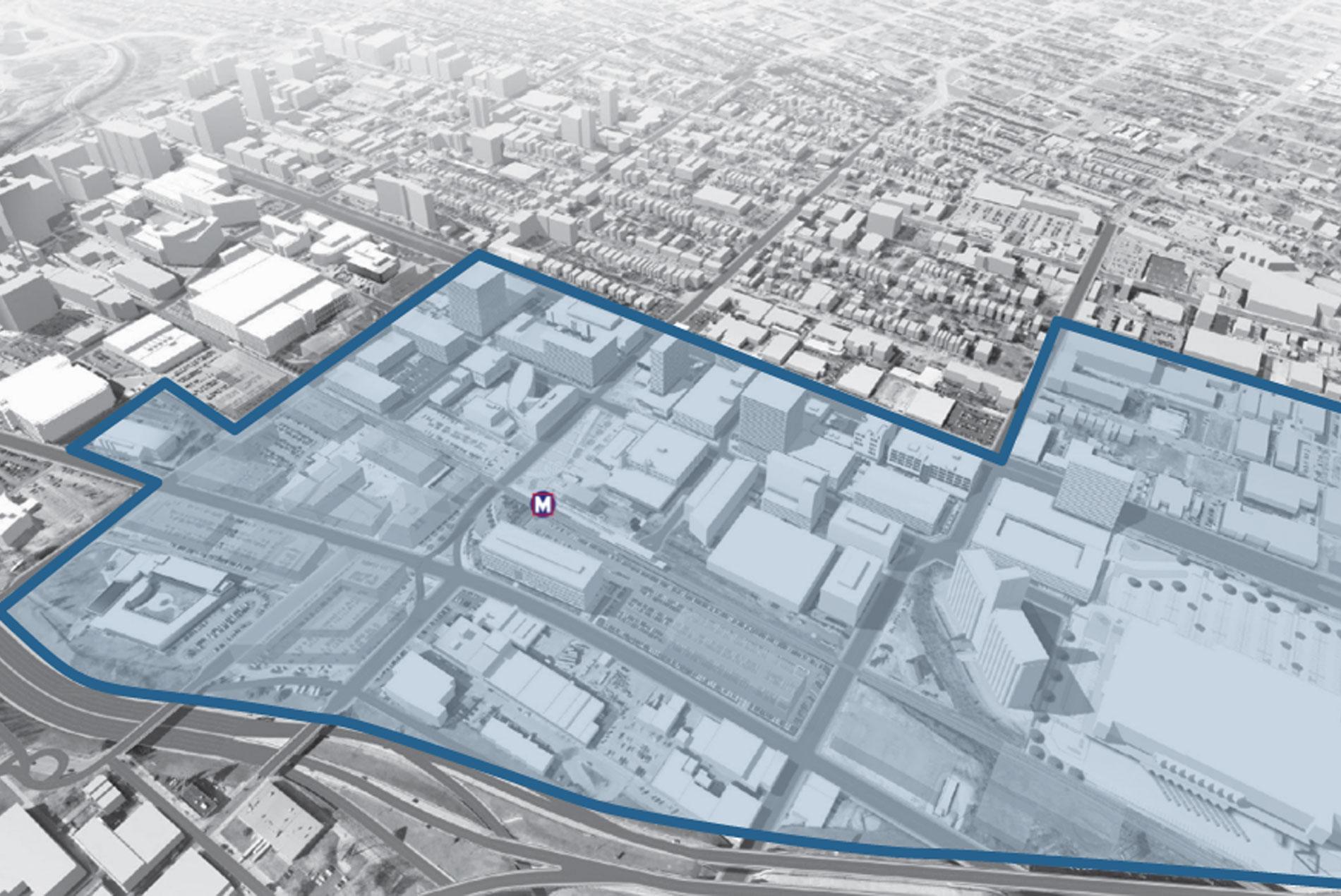
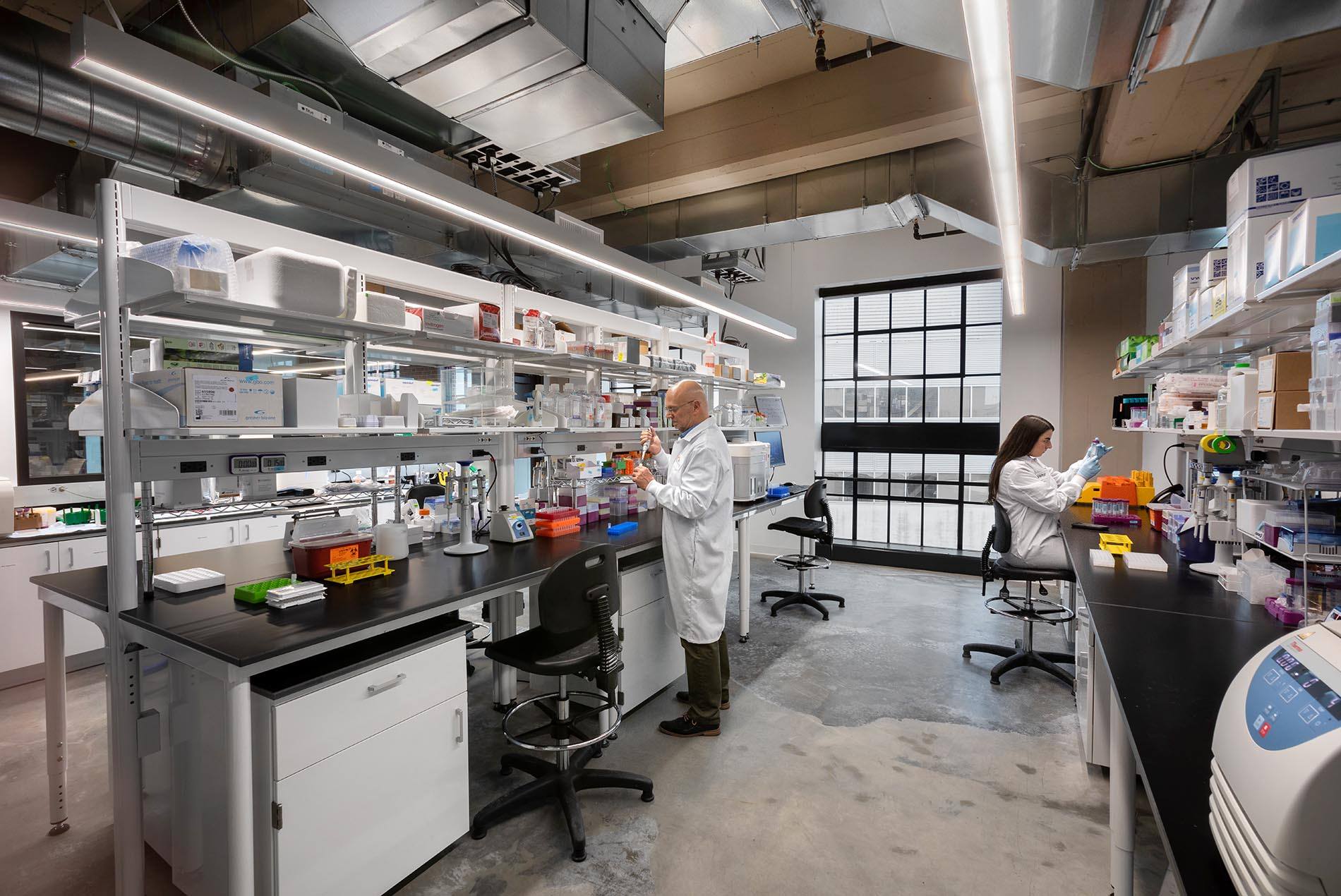
The renovated 4340 Duncan facility provides St. Louis biotech firms in all stages of development—from startups to large-scale organizations—with affordable, functional space that sparks collaboration and innovation.
The reimagined building’s anchor tenant is BioSTL, which has brought together programs including capital formation, entrepreneur development, inclusion, public policy and global innovation sourcing under one roof.
Among the dozens of other tenants are BioGenerator Labs (the investment arm of BioSTL), Confluence Discovery Technologies, Arch Oncology and C2N Diagnostics.
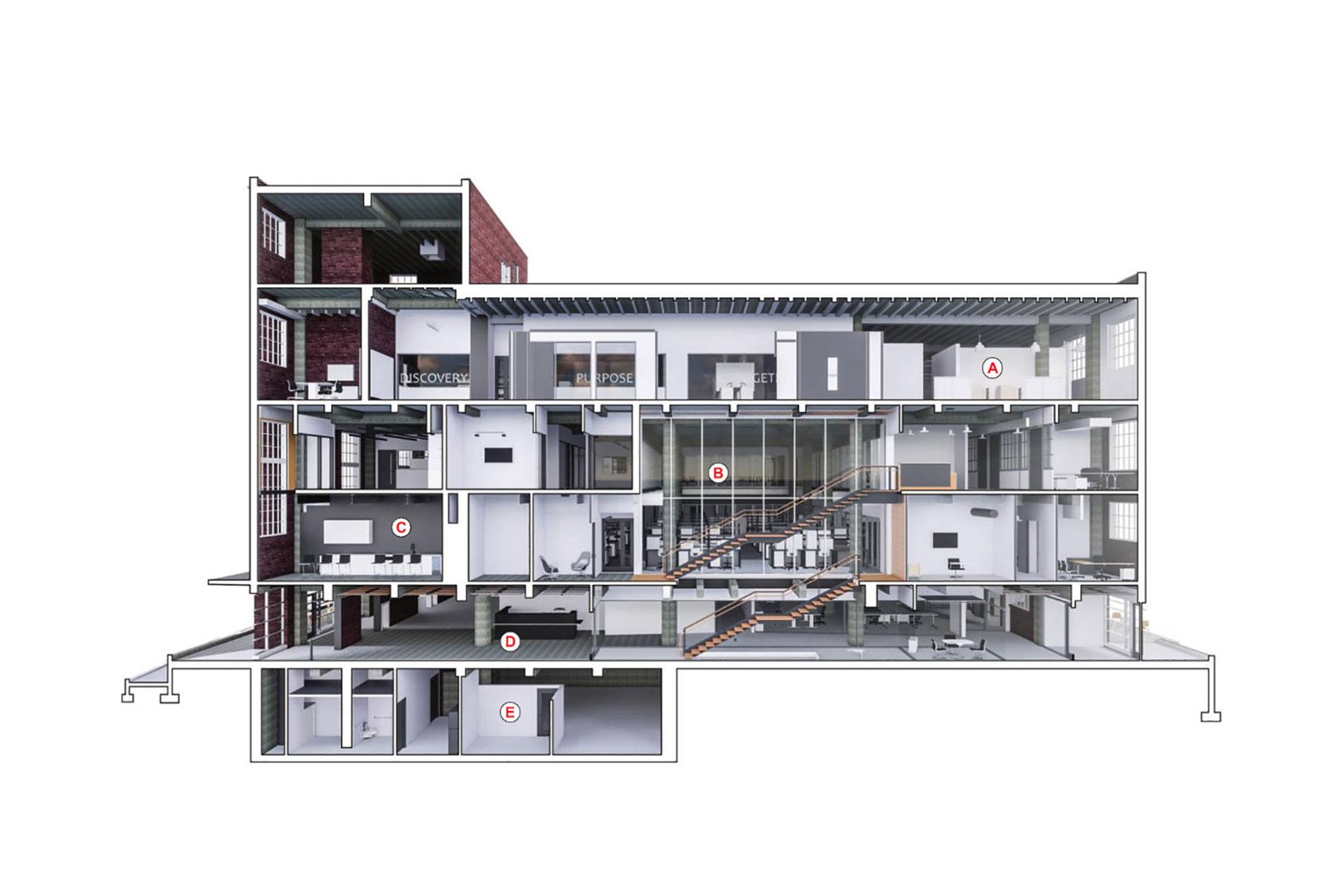
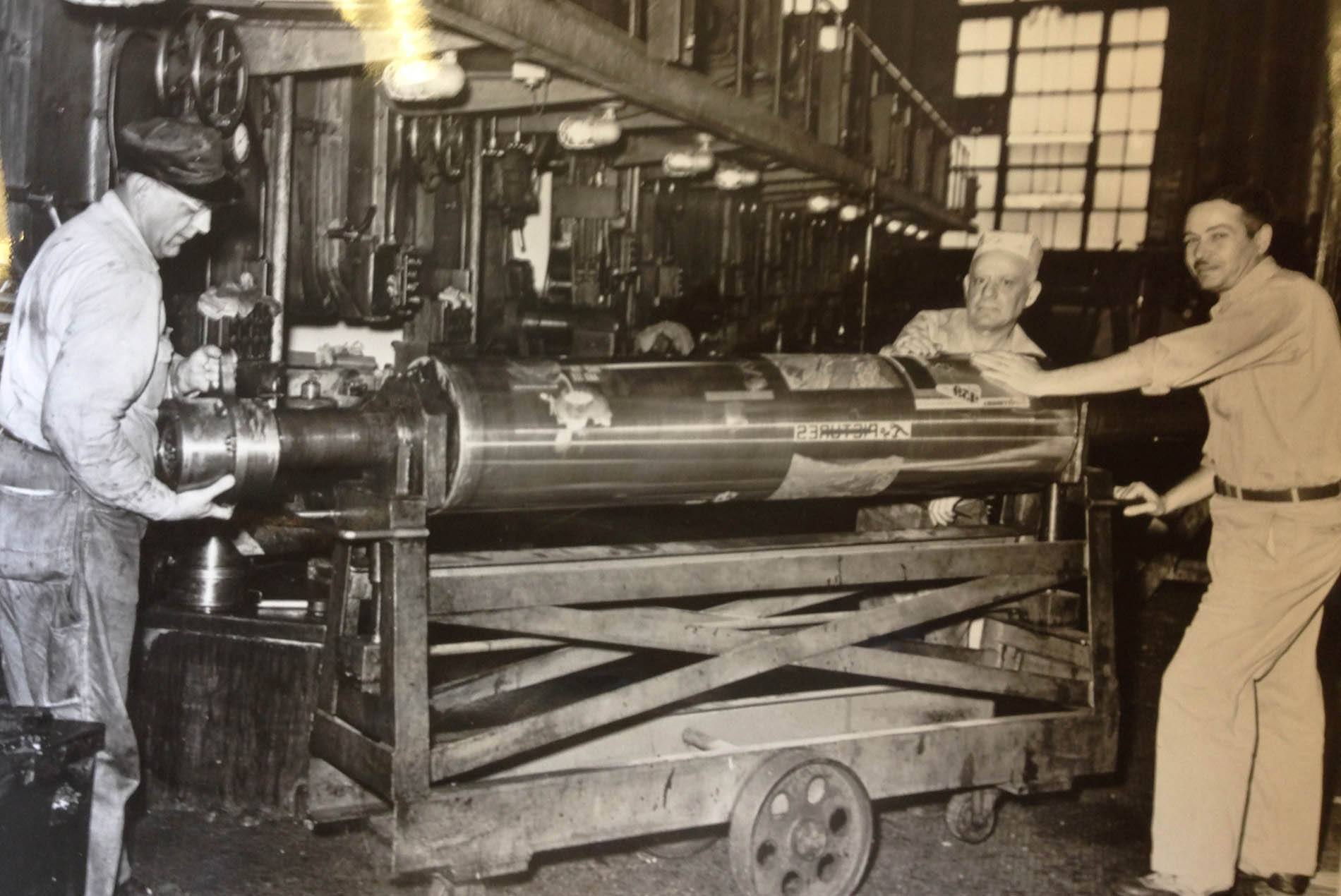
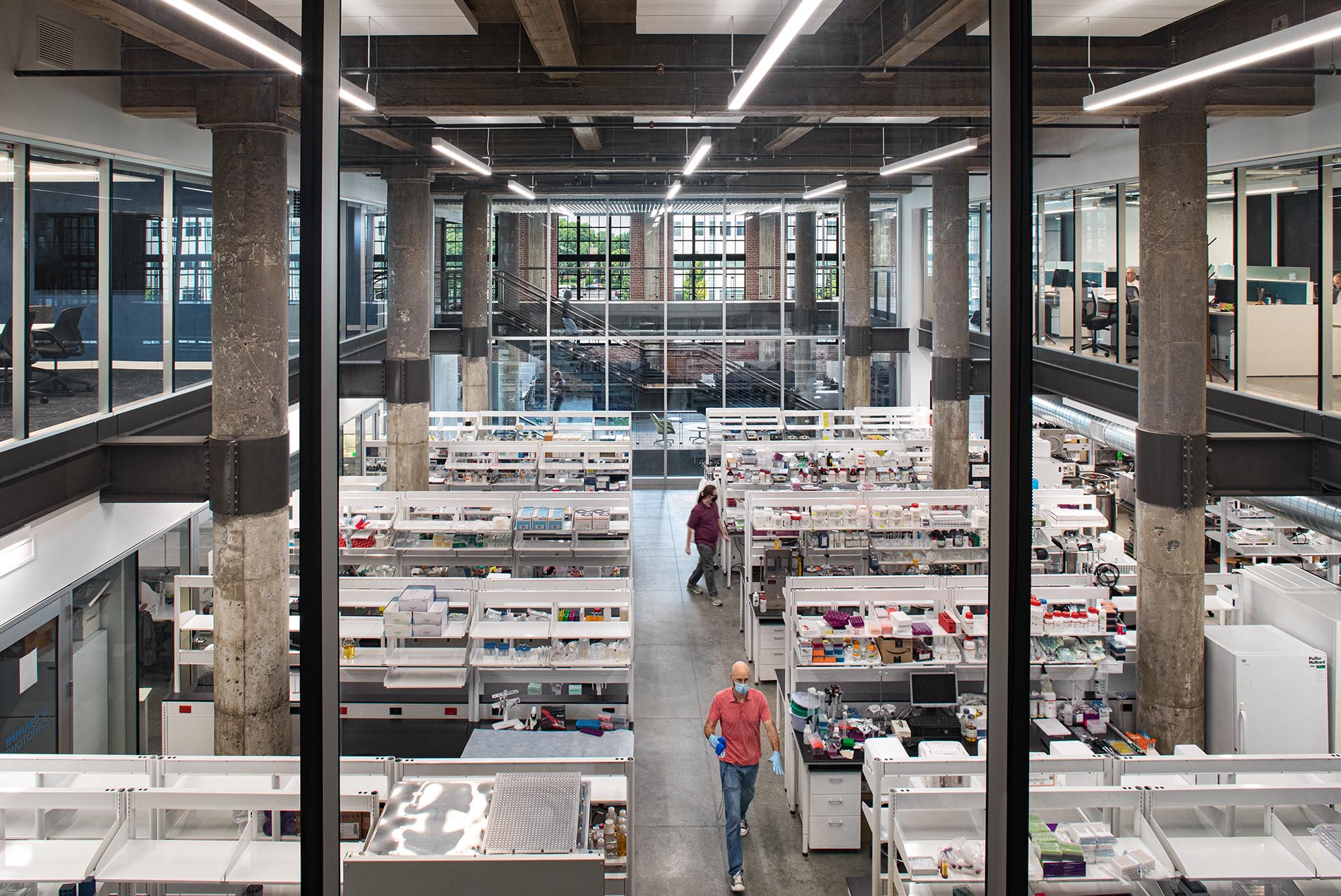
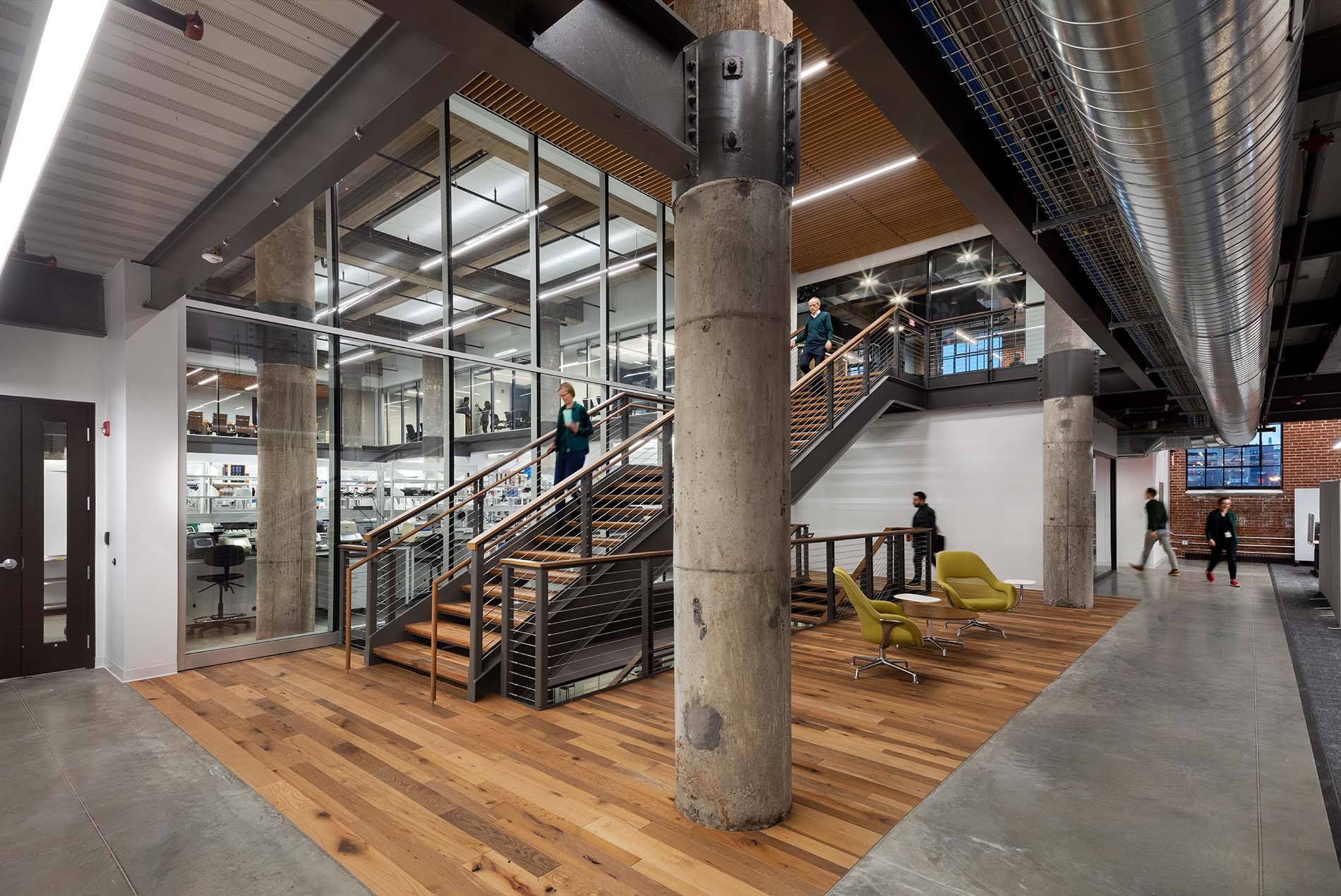
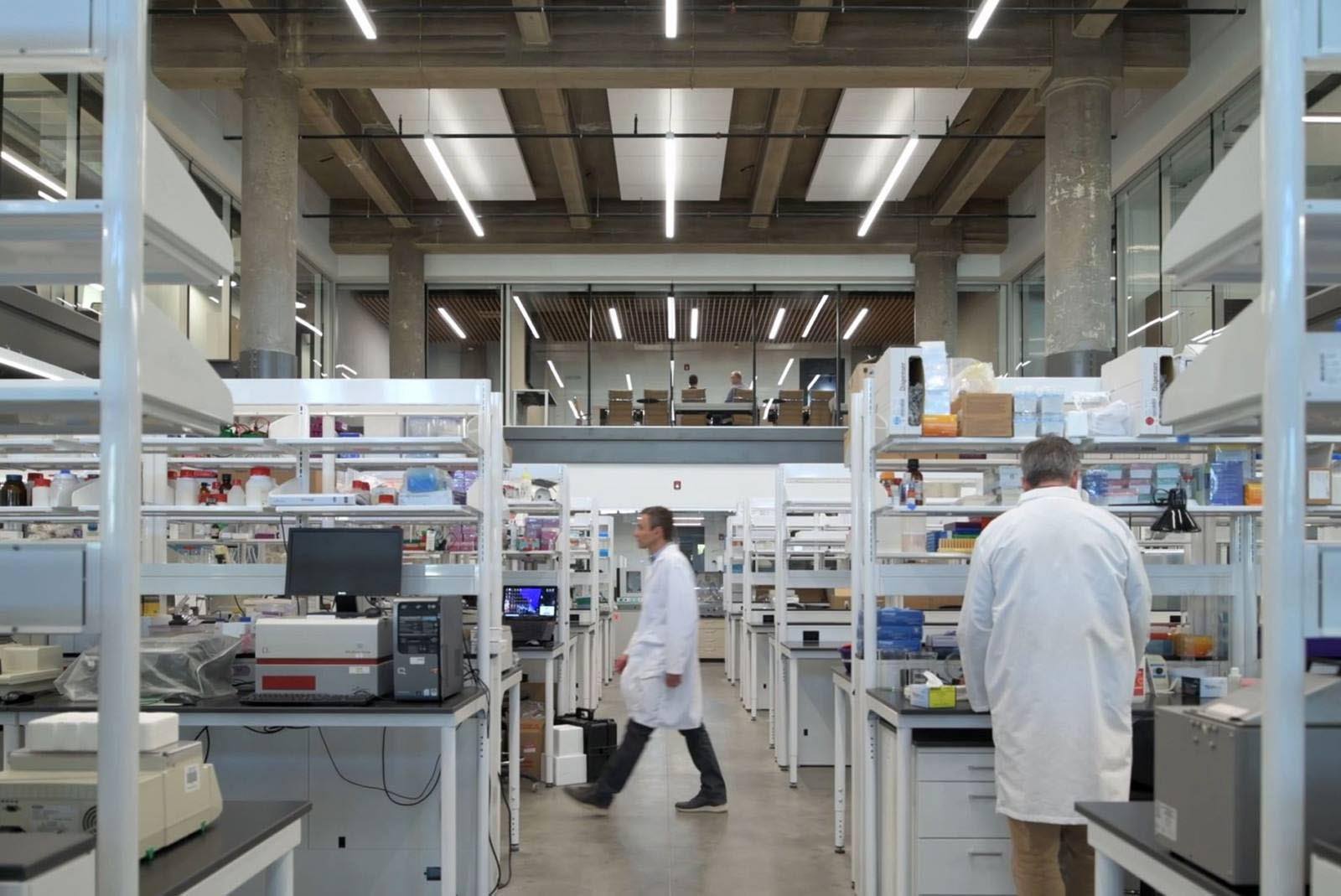
The lab space is flexible to accommodate a broad spectrum of constantly changing therapeutic and diagnostic research.
The historic building’s robust structure can handle most lab functions. Mechanical systems with expanded capacity accommodate variations in tenants and research.
Tenants can reorganize a lab space in a matter of hours. Casework is timeless, durable and flexible to accommodate different types of science. Most of the lab tables are mobile. The small amount of casework that is fixed is pushed up against the walls.
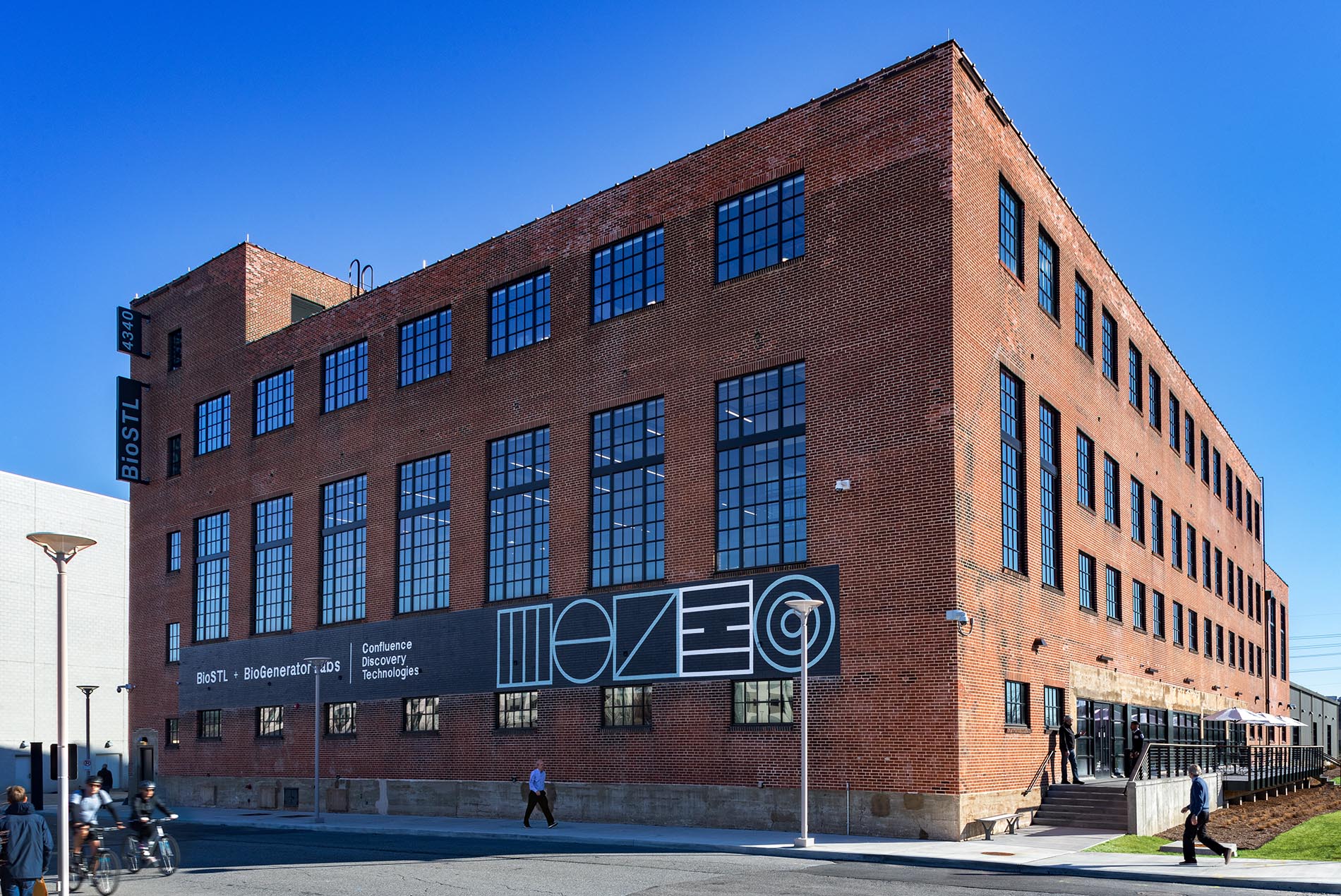
The most sustainable design strategy is reimagining an existing building instead of building new.
The project included a complete tuckpoint renovation of the building’s existing masonry facade. Keeping the exposed brick walls enhances the overall aesthetic while providing thermal mass that conserves energy.
A new painted sign on the exterior fits the building’s industrial character.
“One of the most sustainable things you can do is not build new.”
— Eli Hoisington, HOK Design Principal, in Metropolis
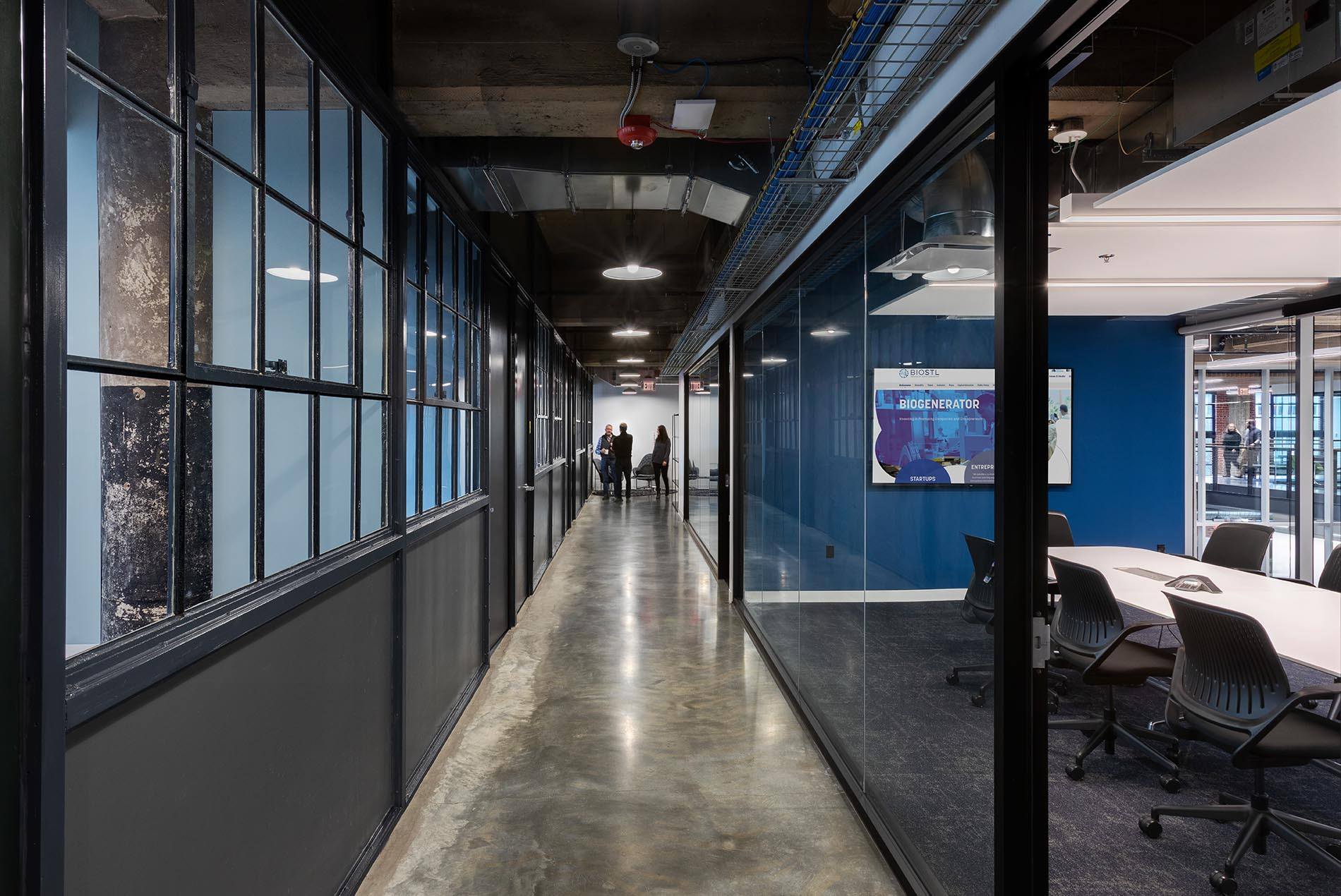
Original building elements and pieces of machinery are celebrated. The design preserves conveyor belts that once delivered and picked up materials, fire doors, a steel wall, and old hoses and valves. Printer ink distribution equipment was preserved, covered by a glass floor and transformed into a conference room.
Exposed concrete floors and columns are sealed but not polished. Original metal light fixtures were saved and refitted with energy-efficient LED bulbs.
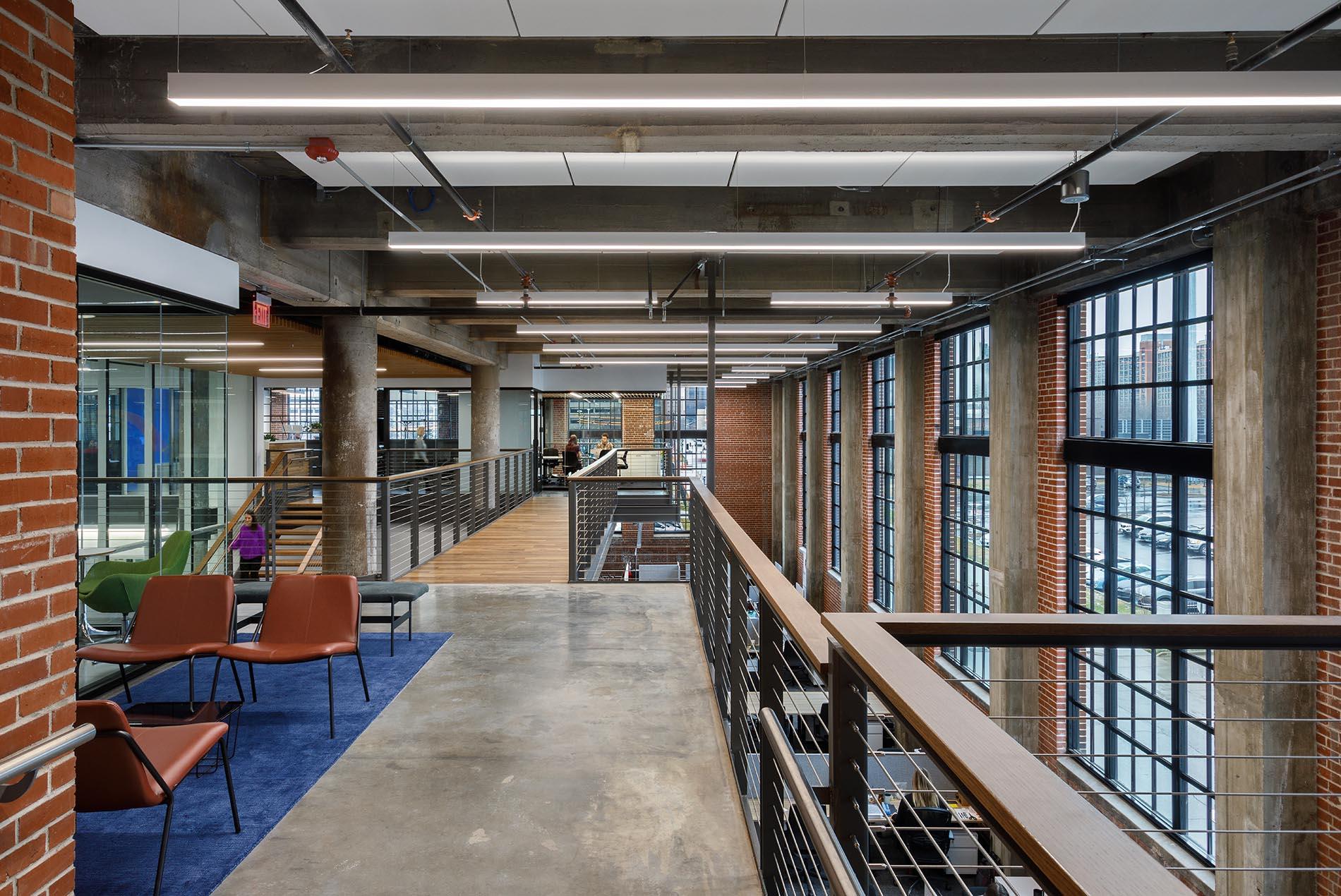
The design gave the owner more rentable space by creating a new floor aligned with an existing mezzanine-level catwalk between the second and third floors.
Natural light floods the labs and offices. The large factory windows—including some on the north side that were 20 feet tall—were removed and replaced with high-efficiency windows that mimic the historic nature of the original windows. Some existing steel windows were salvaged and re-glazed.
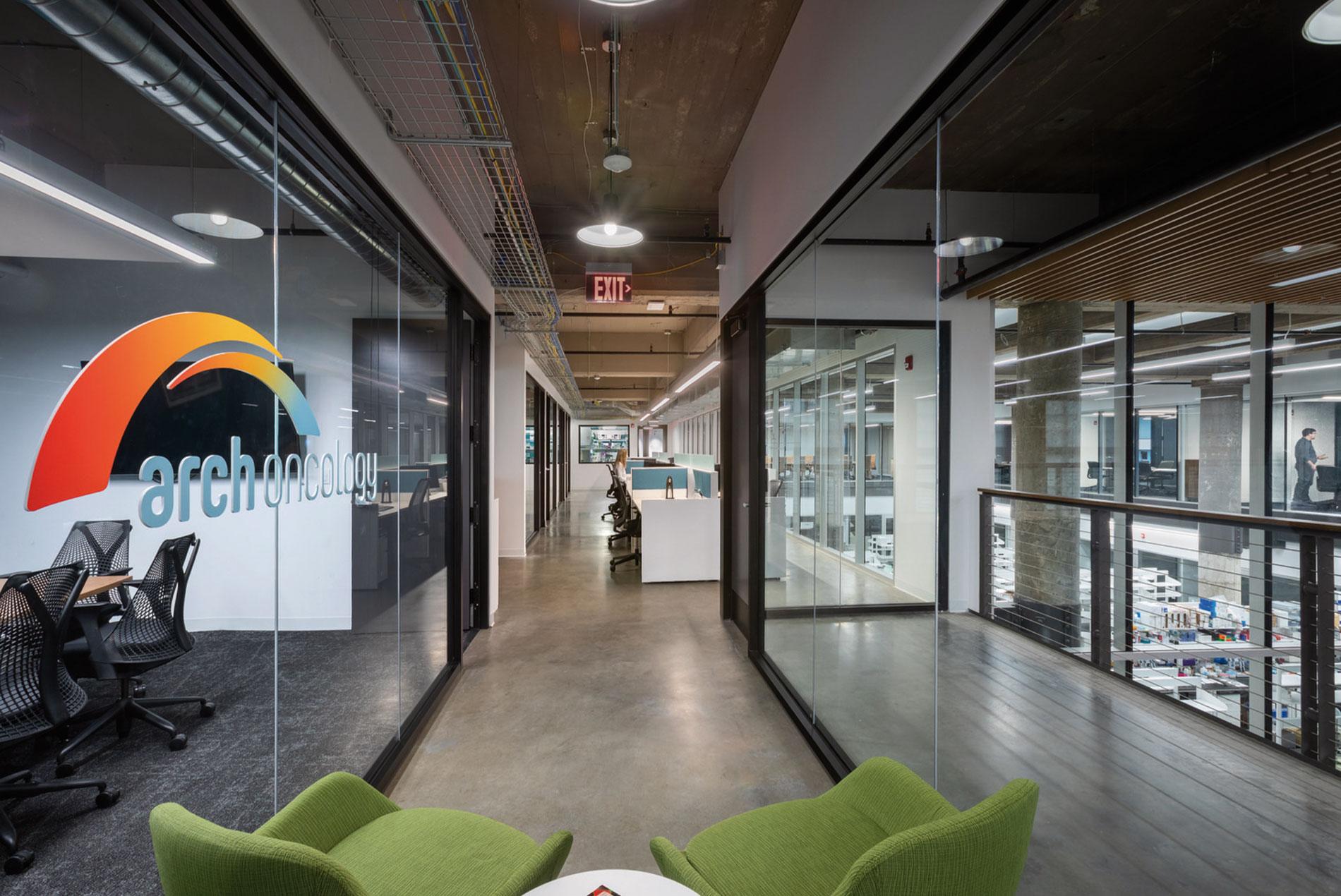
Highly efficient HVAC, electrical and water systems are designed to the USGBC’s LEED performance standards. This makes the building more affordable for tenants.
Energy use by tenants is metered, allowing the building owner to verify and respond to building performance in real time.
Grouping the long-term storage freezers together in one central ‘freezer farm’ room conserves energy.
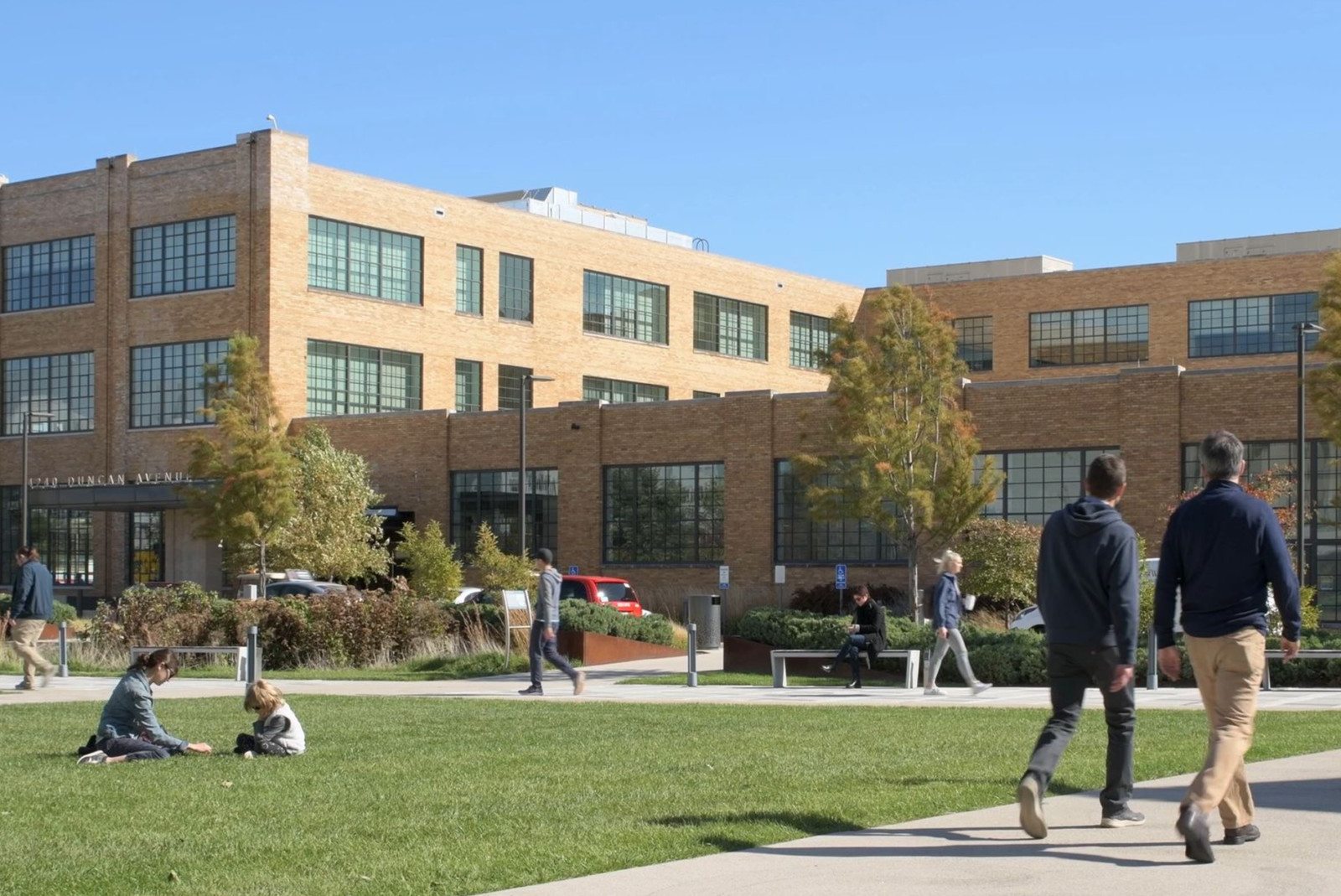
Outdoor spaces throughout Cortex invite occupants to take a break from work and recharge.
At 4340 Duncan, there are two new walkout terraces and a green roof atop an existing 1950s building addition.
The building includes bike storage, locker rooms, changing rooms and showers.
The 4340 Duncan design team is collaborating to plan another historic renovation project.
The team is using lessons learned from discussions with the owner and occupants of 4340 Duncan to improve the design and operations of this new science building. This includes optimizing the shared amenities, flexibility, storage and ratio of lab, office and conferencing space.
The design and construction team exceeded the owner’s goals for contracting with minority and women-owned businesses.
